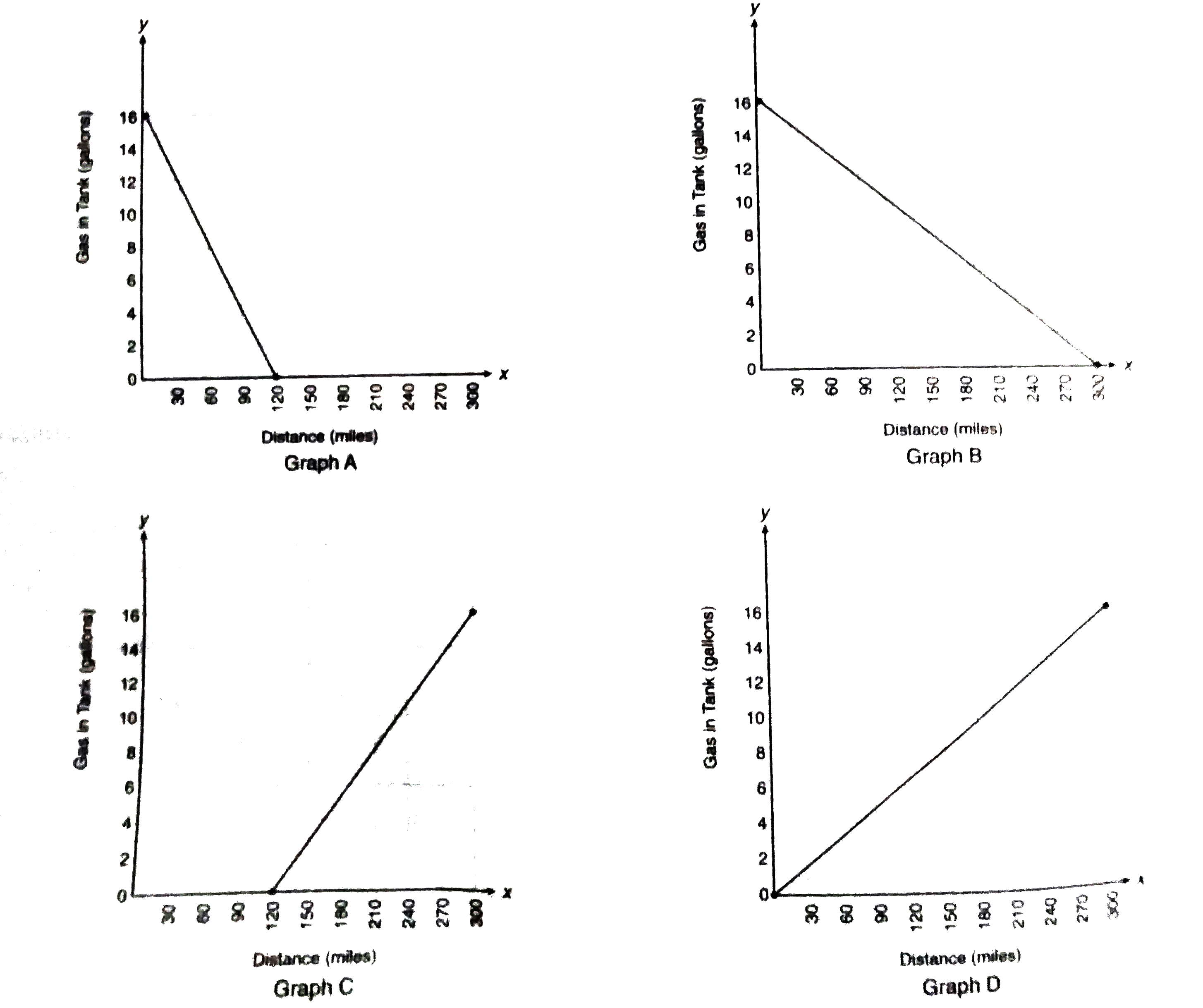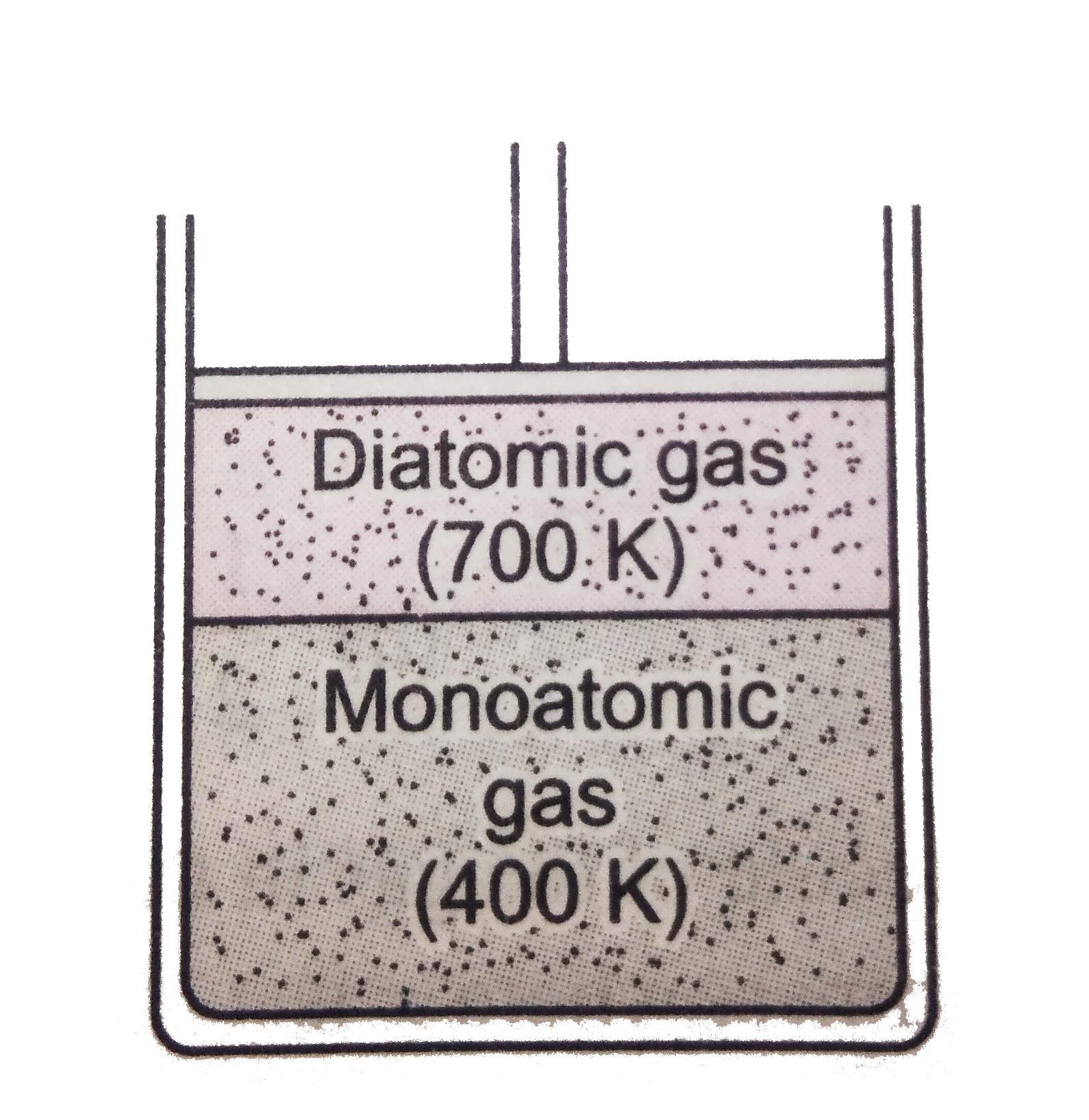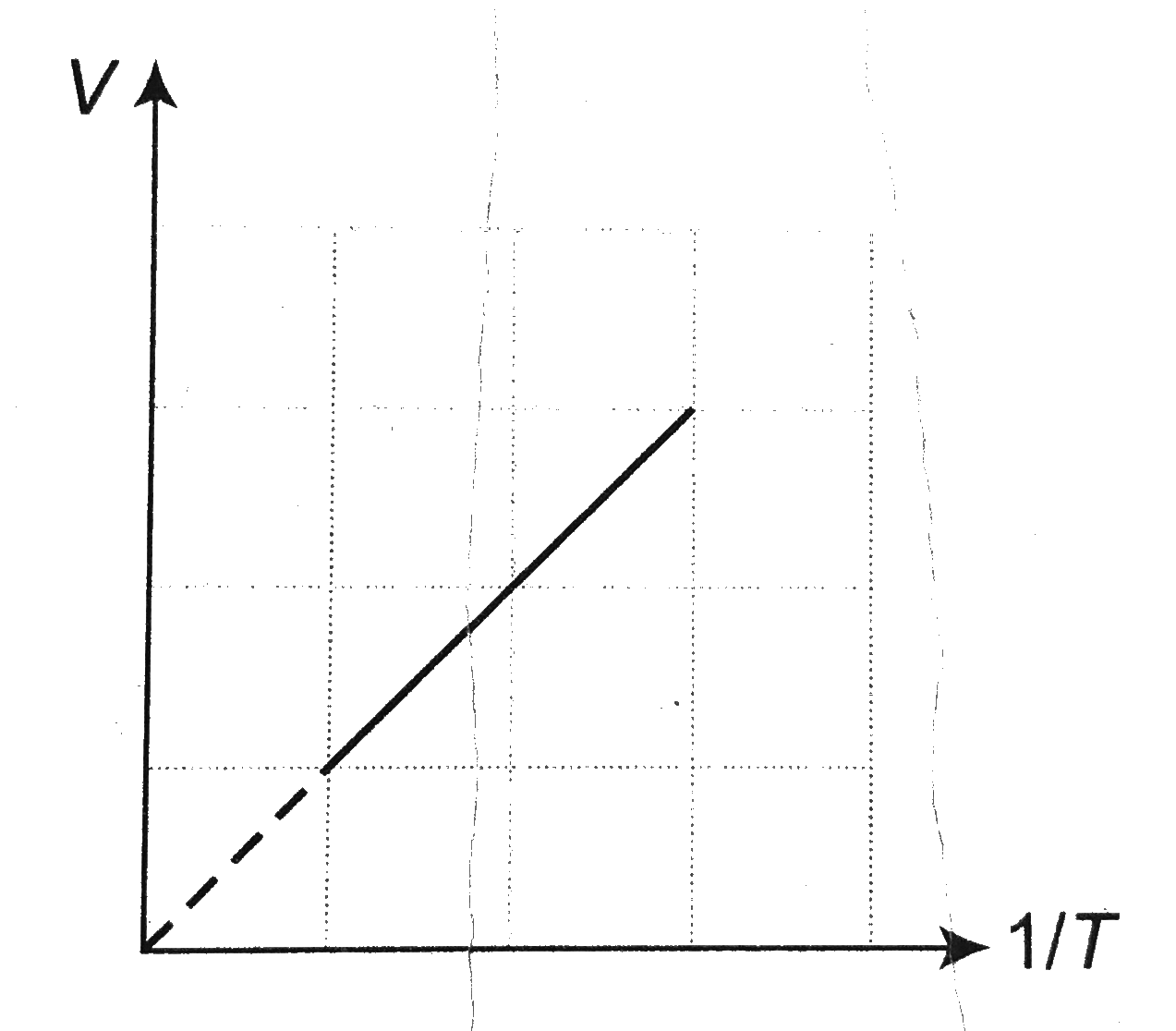A 65 gallons rigid tank contains methane gas at 900 R 200 psia. It is now cooled down to 540 R. Assume ideal gas and find the needed heat transfer.
Ideal gas and recall that 1 gal = 231 in3
Related Solutions
Find the loss in the mass of 1 mole of an ideal monatomic gas kept in a rigid container as it cools down by . The gas constant .
View SolutionFind the loss in the mass of 1 mole of an ideal monatomic gas kept in a rigid container as it cools down by . The gas constant .
View SolutionThe gas tank in a car holds a total of 16 gallons of gas. The car travels 75 miles on 4 gallons of gas. If the gas tank is full at the beginning of a trip, which graph represents the rate of change in the amount of gas in the tank?
 View Solution
View SolutionAn ideal gas of one mole is kept in a rigid container of negligible heat capacity. If of heat is supplied the gas temperature raises by . Then the gas may be
View SolutionAn ideal gas of one mole is kept in a rigid container of negligible heat capacity. If 25J of heat is supplied the gas temperature raises by 2^(@)C . Then the gas may be
View Solutionएक द्विपरमाणु आदर्श गैस की विशिष्ट ऊष्मा हो सकती है। (R गैस का सार्वत्रिक नियतांक है)
View SolutionIn Fig., a container is shown to have a movable (without friction) piston on top. The container and the piston are all made of perfectly insulating material allowing no heat transfer between outside and inside the container. The container is divided into two compartments by a rigid partition made of a thermally conducting material that allows slow transfer of heat. the lower compartment of the container is filled with 2 moles of an ideal monoatomic gas at 700 K and the upper compartment is filled with 2 moles of an ideal diatomic gas at 400 K. the heat capacities per mole of an ideal monoatomic gas are C_(upsilon) = (3)/(2) R and C_(P) = (5)/(2) R , and those for an ideal diatomic gas are C_(upsilone) = (5)/(2) R and C_(P) = (7)/(2) R. Now consider the partition to be free to move without friction so that the pressure of gases in both compartments is the same. the total work done by the gases till the time they achieve equilibrium will be
View SolutionIn Fig., a container is shown to have a movable (without friction) piston on top. The container and the piston are all made of perfectly insulating material allowing no heat transfer between outside and inside the container. The container is divided into two compartments by a rigid partition made of a thermally conducting material that allows slow transfer of heat. the lower compartment of the container is filled with 2 moles of an ideal monoatomic gas at 700 K and the upper compartment is filled with 2 moles of an ideal diatomic gas at 400 K. the heat capacities per mole of an ideal monoatomic gas are , and those for an ideal diatomic gas are
Now consider the partition to be free to move without friction so that the pressure of gases in both compartments is the same. the total work done by the gases till the time they achieve equilibrium will be
 View Solution
View SolutionA car starts a trip with 20 gallons of gas in its tank. The at traveled at an average speed of 65 miles per hour for 3 hours and consumed gas at a rate of 30 miles per gallon. What percent of the gas in the tank was used for the 3-hour trip?
View SolutionA rigid container of negligible heat capacity contains one mole of an ideal gas. The temperatures of the gas increases by if cal of heat is added to it. The gas may be
View SolutionA rigid container of negligible heat capacity contains one mole of an ideal gas. The temperatures of the gas increases by if cal of heat is added to it. The gas may be
View SolutionA rigid container of negligible heat capacity contains one mole of an ideal gas. The temperatures of the gas increases by if cal of heat is added to it. The gas may be
View SolutionOne mole of an ideal monoatomic gas undergoes a process as shown in the figure. Find the molar specific heat of the gas in the process.

R is a gas constant.View SolutionIf R = 2 cal cdot mol^(-1) cdot^(@)C^(-1) and hydrogen is assumed to be an ideal gas, specific heat of that gas at constant pressure will be
View Solution(a) An ideal gas contained in a cylinder is given 200 J of heat. The gas does 60 J of work in the expansion resulting from heating. Calculate the increase in internal energy in the process. (b) Calculate the change in internal energy of a gas kept in a rigid container when 150 J of heat is supplied to it.
View SolutionA : The specific heat of an ideal gas is zero in an adiabatic process.
R : Specific heat of a gas is process independent.View SolutionA : The specific heat of an ideal gas is zero in an adiabatic process. R : Specific heat of a gas is process independent.
View SolutionThe heat capacity at constant volume of an ideal gas consisting of monatomic molecules is 3//2 R ( where R is the gas constant ) . The heat capacity at constant pressure is :
View Solution1//R(R"is universal gas constant") moles of an ideal gas (gamma=1.5) undergoes a cyclic process (ABCDA) as shown in figure. Assuming the gas to be ideal. If the net heat exchange is 10x Joules, find the value of x ? [In 2=0.7]
View Solution418.4 J of heat is added to a 4xx10^(-3)m^(3) rigid container containing a diatomic gas atm and 273 K. Calculate the pressure of the gas assuming ideal behaviour. The vibrational contributions may be neglected : (R=8.314 J mol^(-1) K^(-1) )
View Solution
